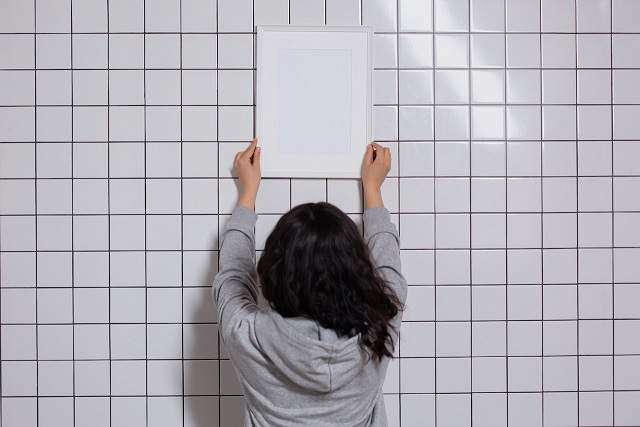
Interior Designers:
A specialist in the world of interior design or anyone who designs interiors as part of their career is known as an interior designer. Interior design is an innovative process that involves analyzing programmatic data, developing a strategic direction, refining the design direction, and producing graphic communication and construction documentation. Interior designers are required to be accredited in certain states.
There are developments taking place in the field of Interior Designing. It is very much necessary for a designer to be updated and get fresh new ideas for their clients. Find here the principles to keep in mind the best new ideas as an Interior Designer:
Interior Designing:
The method of defining the perception of interior space by the manipulation of spatial volume and surface treatment is known as interior design. Interior design, unlike conventional decoration, incorporates elements of environmental psychology, and product design in addition to traditional decoration.
1. Unity in Harmony:
When it comes to interior design, it’s important to think of the house as a whole; a collection of rooms connected by halls and stairways. As a result, it’s only natural that there are a consistent look and motif throughout. This isn’t to mean that all interior design elements should be identical. The well-considered use of color is one way to build this pattern or plot. Color schemes, in general, are an excellent way to bring disparate spaces together. Choose three or four colors, for example, and use them in different shades in the home. Using a color matching wheel as a starting point may be beneficial.
2. Balance:
Balance can be described as the equal distribution of visual weight in a room in a single sentence for those who are just scanning this post. Balance is divided into three types: symmetrical, asymmetrical, and radial.
Traditional interiors are known for their symmetrical balance. The same things are mirrored in the same positions on either side of a vertical axis in symmetrical harmony. For example, you may recall old rooms where either side of the room is an exact mirror of the other. Since symmetry represents the human body, we are naturally at ease in a balanced setting. Ideas of symmetry.
These days, asymmetrical harmony is more appropriate in nature. Dissimilar stimuli with equivalent optical weight or eye appeal are used to maintain balance. Asymmetrical harmony is more natural and unforced, but it’s more complex to attain. Asymmetry evokes movement, resulting in more vibrant interiors. Asymmetrical thoughts
When all of the components of a pattern are arranged around a central point, it is called radial symmetry. The radial balancing of a spiral staircase is also an outstanding example. Although it is not often seen in interiors, it can offer an intriguing contrast if used correctly. Radially symmetric ideas
3. Focal Point:
Boredom is the greatest opponent of interior design. A well-designed space will often have one or more focal points, depending on its scale. A focal point must be prominent to attract focus and intriguing enough to entice the viewer to investigate further. As a result, a focal point must not only leave an impression but also be an integral part of the decoration, connected by scale, form, color, or theme. When most people think of a room focal point, they think of a fireplace or flat-screen television.
If a room lacks a natural focal point, such as a fireplace, you can create one by showcasing a certain piece of furniture or piece of artwork.
4. Rhythm:
If we’re talking about music, we’d define rhythm as the beat of the music’s heartbeat. Rhythm is all about visual pattern repetition in interior design. Rhythm can be characterized as a pattern of repetition, recurrence, or coordinated movement. Repetition, evolution, transformation, and comparison are also important considerations when creating these patterns in a design. These structures can give the room a sense of movement by leading the eye from one design feature to the next.
The use of the same element in a space more than once is known as repetition. A pattern, color, texture, line, some other element, or even several elements, may be repeated.
Transition is more difficult to describe. Transitions, unlike repetition or development, provide a smoother movement, with the eye automatically gliding from one field to the next. The use of a curved line to softly guide the eye, such as an arched doorway or winding road, is the most common transformation.
5. Details:
Details are another critical aspect of interior design where meticulous attention to detail is needed. Anything from the lampshade trimming to the color of the piping on the scatter pillow to the light switches and cabinet handles has to be carefully considered. People, unlike color, find specifics to be tedious. As a consequence, it is always overlooked, skimmed over, or just ignored. Color reflects a scheme’s overall spirit and life, and specifics are just as critical in interior design. Details should not be evident, but they should be correct and contribute to a room’s overall feel. These are the best points that an Interior Designer in Ahmedabad, keeps in mind while designing.
Scale and Proportion – These two architecture concepts are related to scale and form, so they go hand in hand. The ratio of one design factor to another, or one element to the whole, is referred to as proportion. The size of one item about another is what scale is all about.


